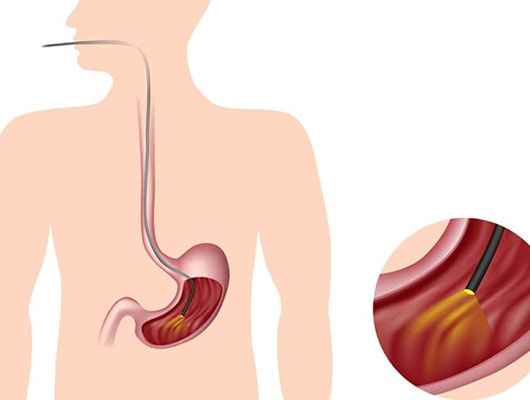During an EGD, the affected person will typically acquire sedation to help them relax and keep away from soreness throughout the manner. The medical doctor will insert an endoscope through the patient's mouth and guide it down the esophagus into the belly and duodenum. The digital camera at the endoscope allows the medical doctor to search for any abnormalities or signs and symptoms of ailment, which include irritation, ulcers, tumors, or blockages.
EGD is usually used to diagnose and deal with situations together with gastroesophageal reflux sickness (GERD), ulcers, gastritis, and celiac disease. Biopsies (small tissue samples) also can be taken throughout the technique for similarly checking out.
Our Core Values
ERCP
examine and treat problems in the bile ducts, pancreas, & gallbladder.
Pathology Lab
We provide Pathology Lab & best medical facility in clinic.
Medical
Medical care includes a wide range of services
Patient Experience
We have the patient experience and best facility in the clinic.
Health Tips & Info
We help create a care plan that addresses your specific condition and we are here to answer all of your questions & acknowledge your concerns. Today the hospital is recognised as a world renowned institution, not only providing outstanding care and treatment, but improving the outcomes.
Upper gastrointestinal endoscopy, also known as esophagogastroduodenoscopy (EGD), is a medical procedure in which a flexible tube with a camera and light on the end is inserted through the mouth into the esophagus, stomach, and duodenum to examine the lining of the upper digestive tract.
Upper gastrointestinal endoscopy is performed to investigate various symptoms such as abdominal pain, nausea, vomiting, difficulty swallowing, or heartburn. It can also be used to detect and treat conditions such as ulcers, inflammation, or tumors in the upper digestive tract.

